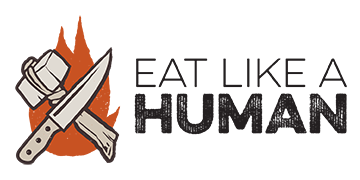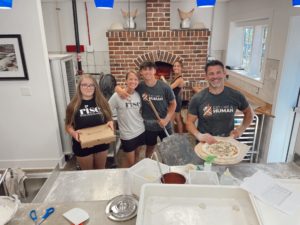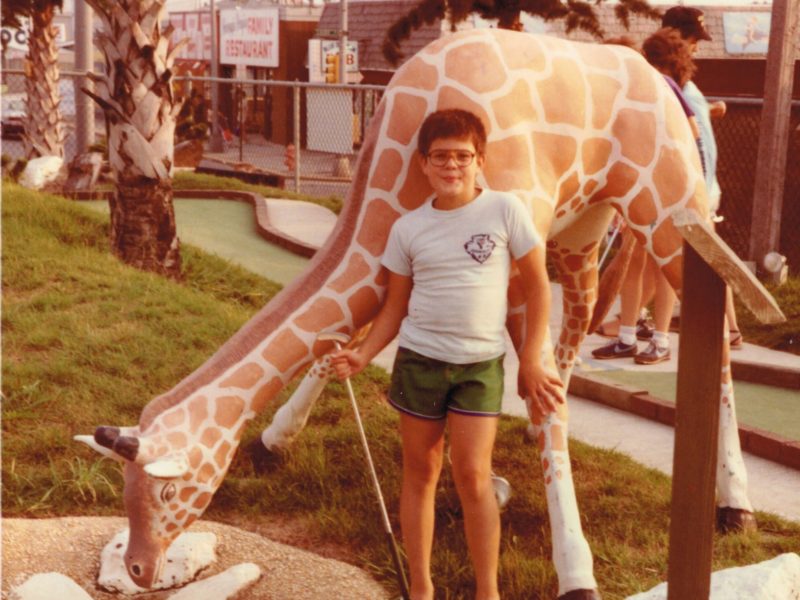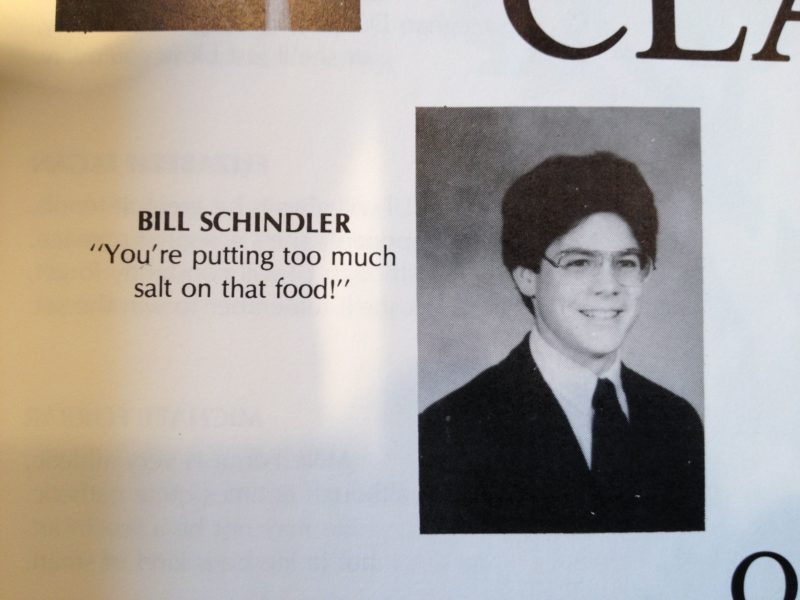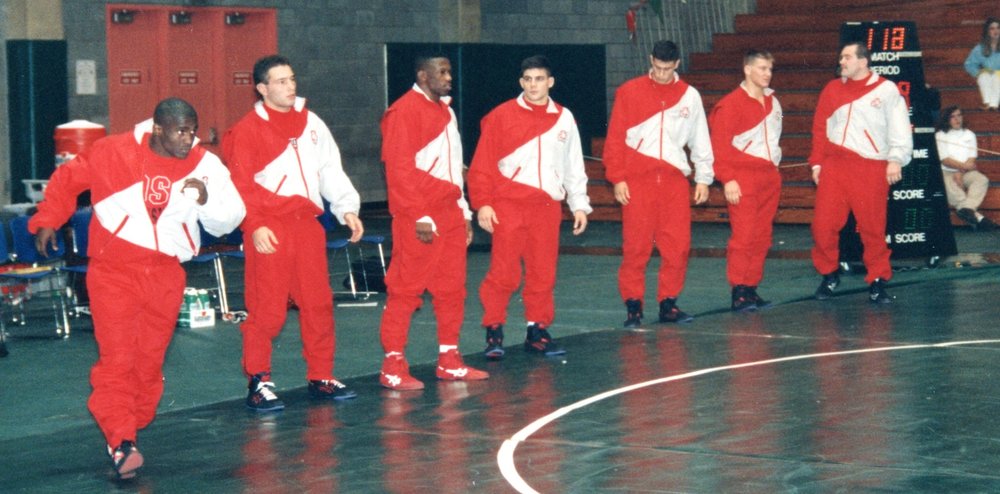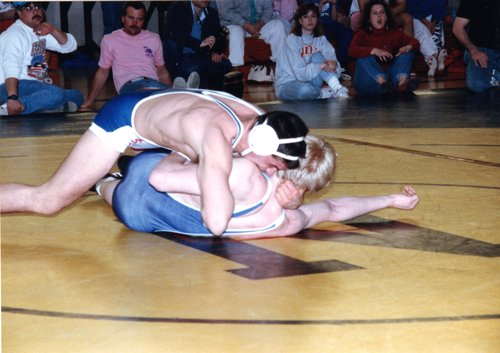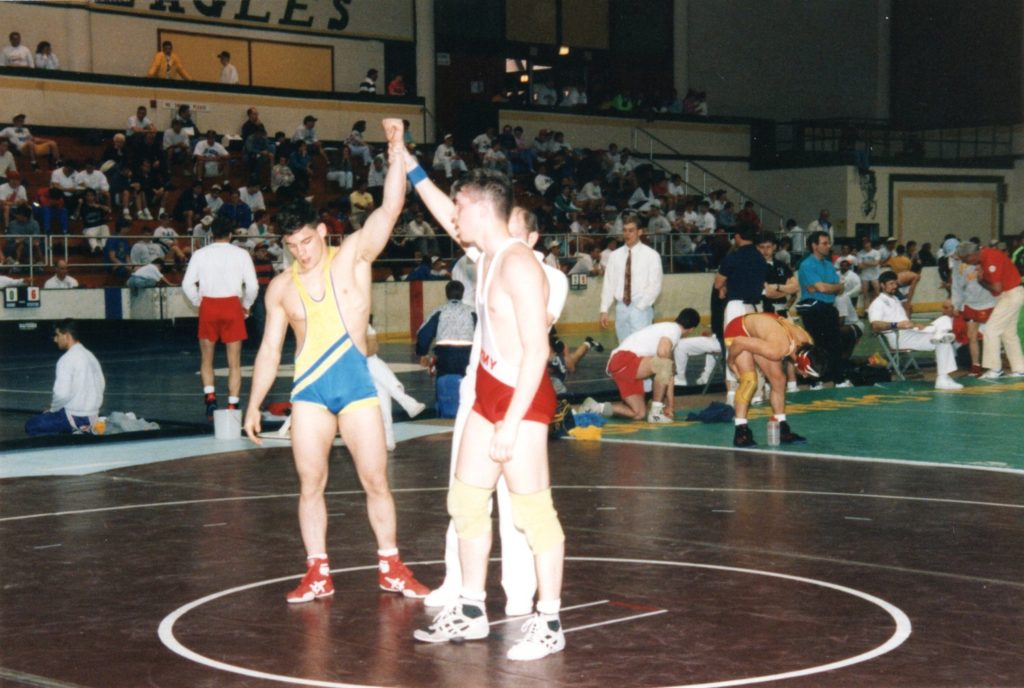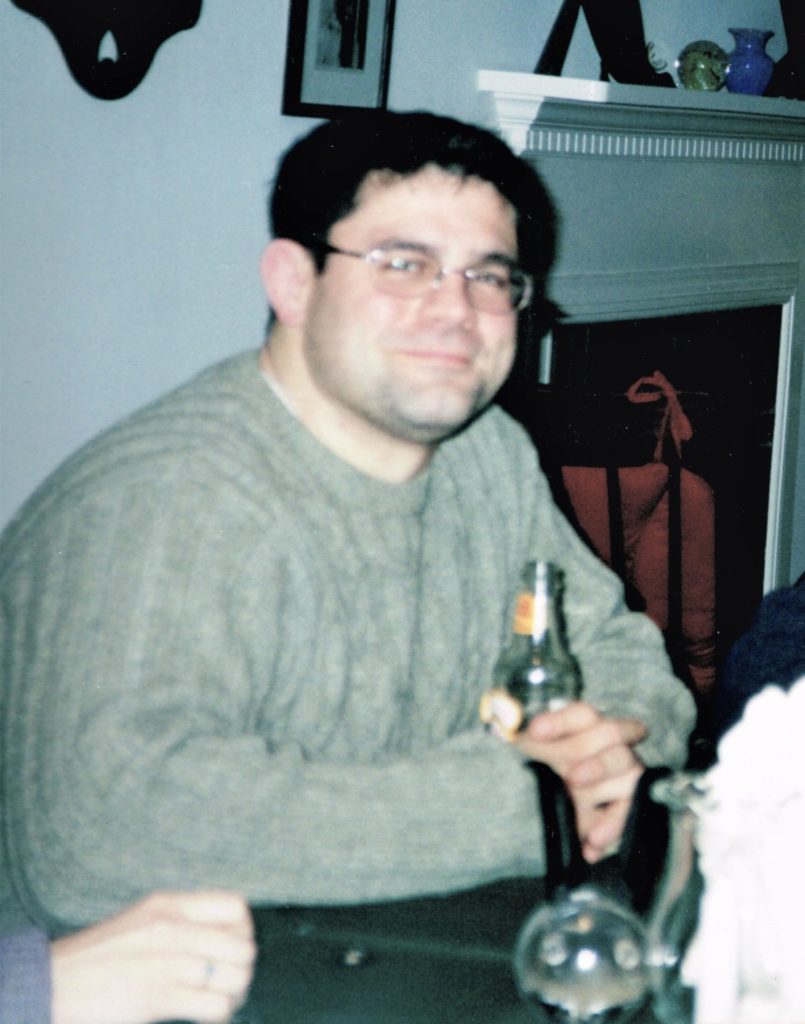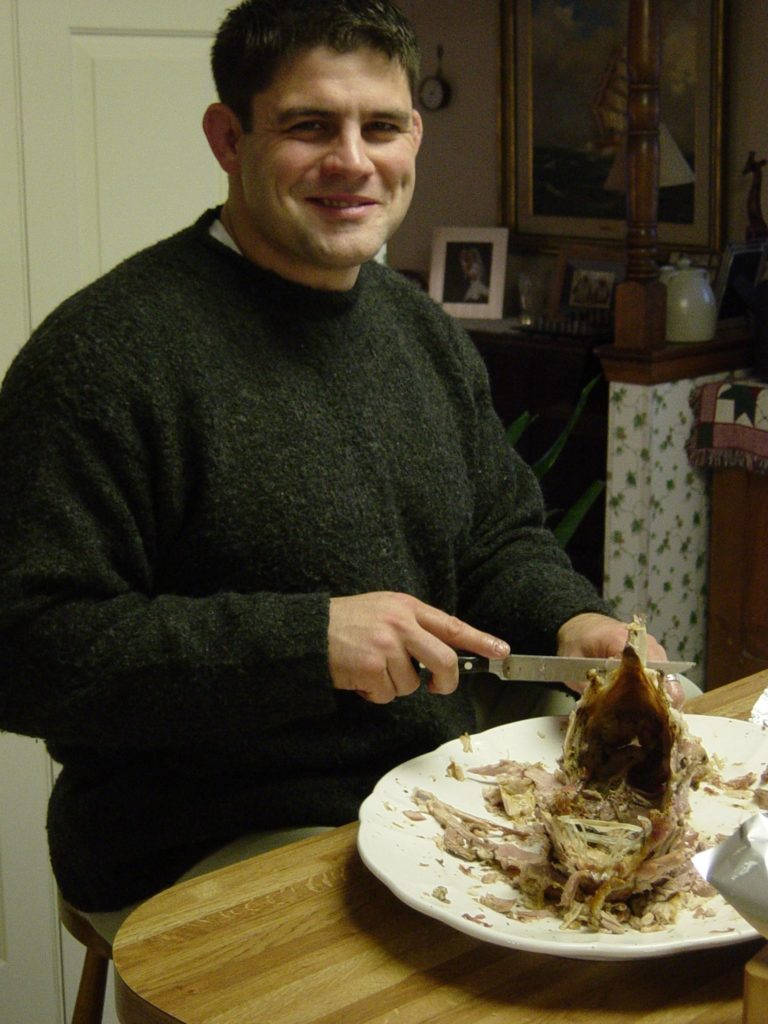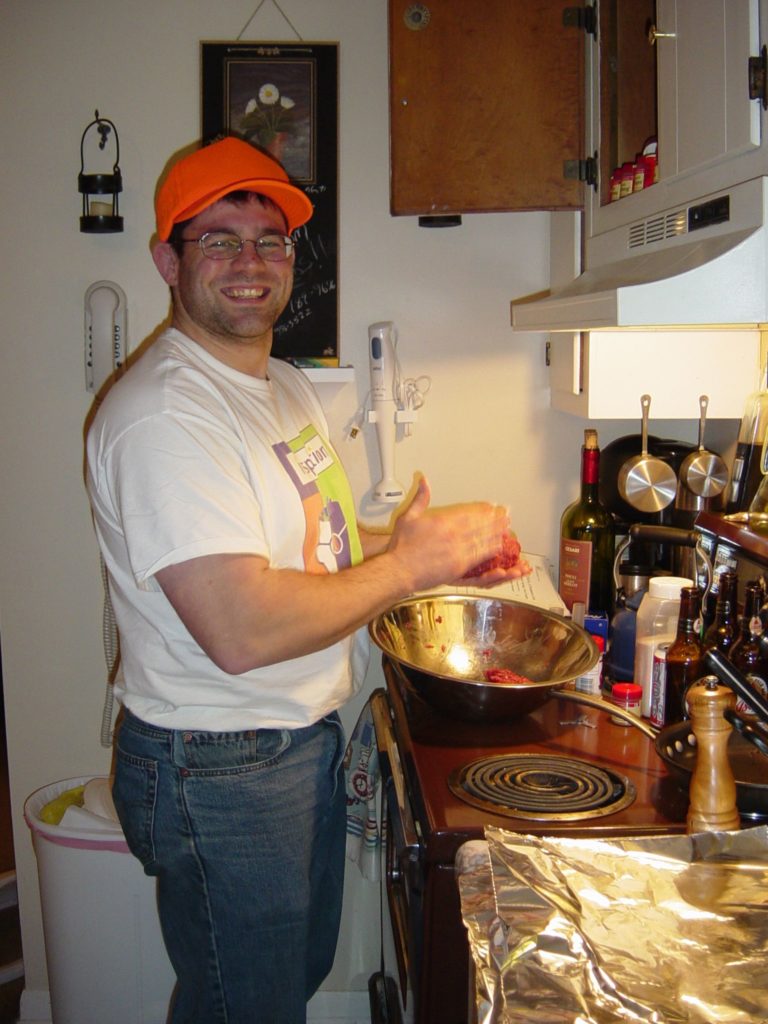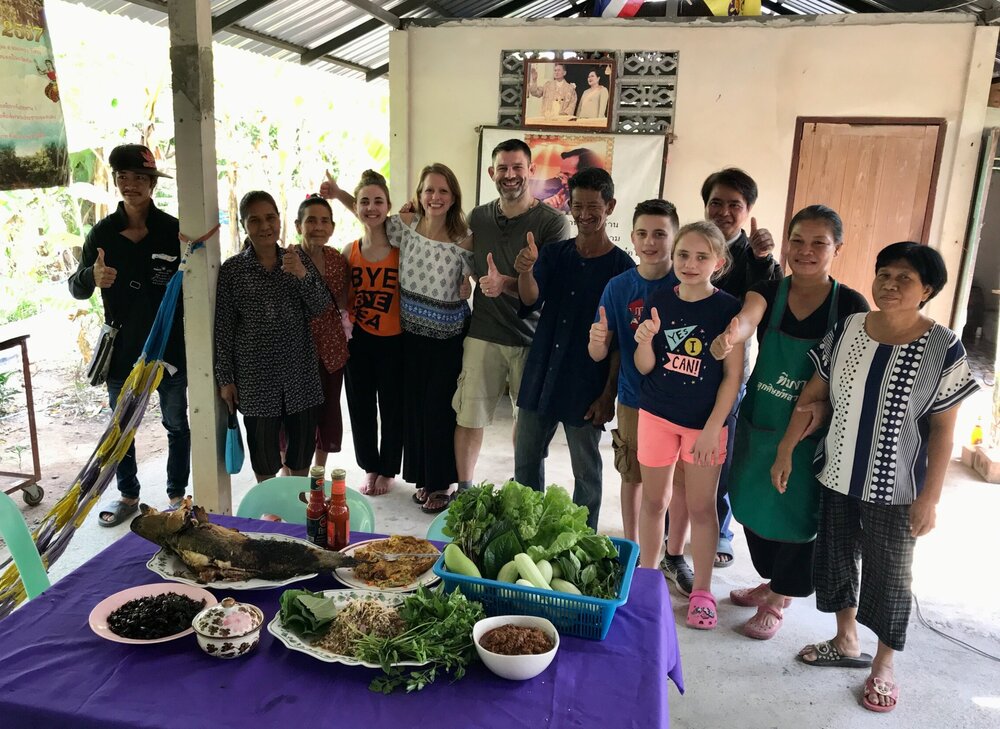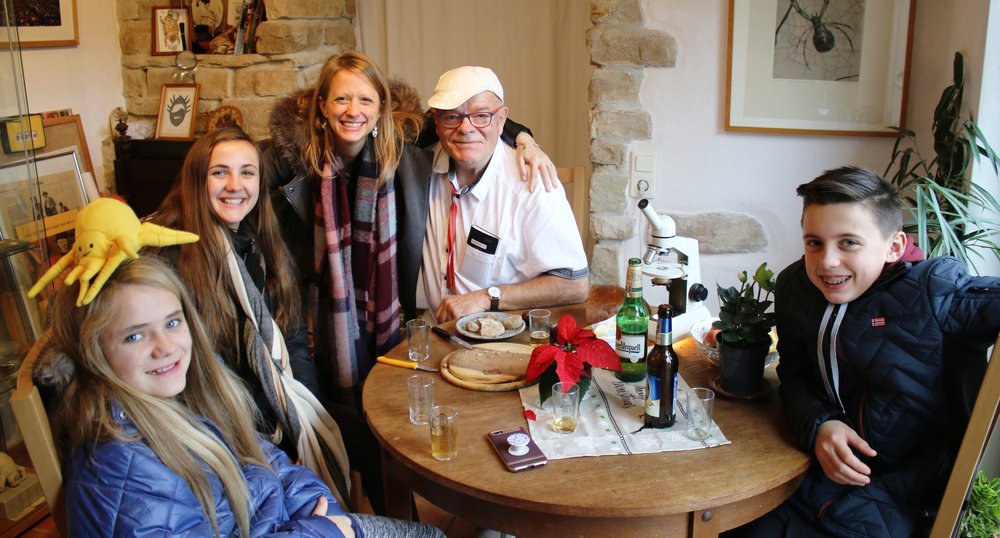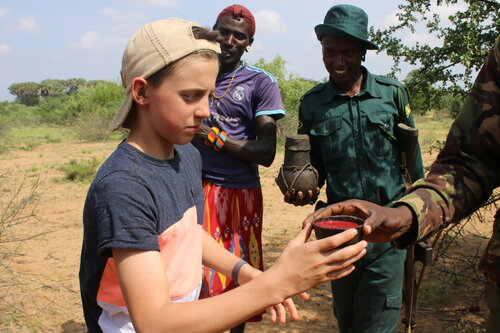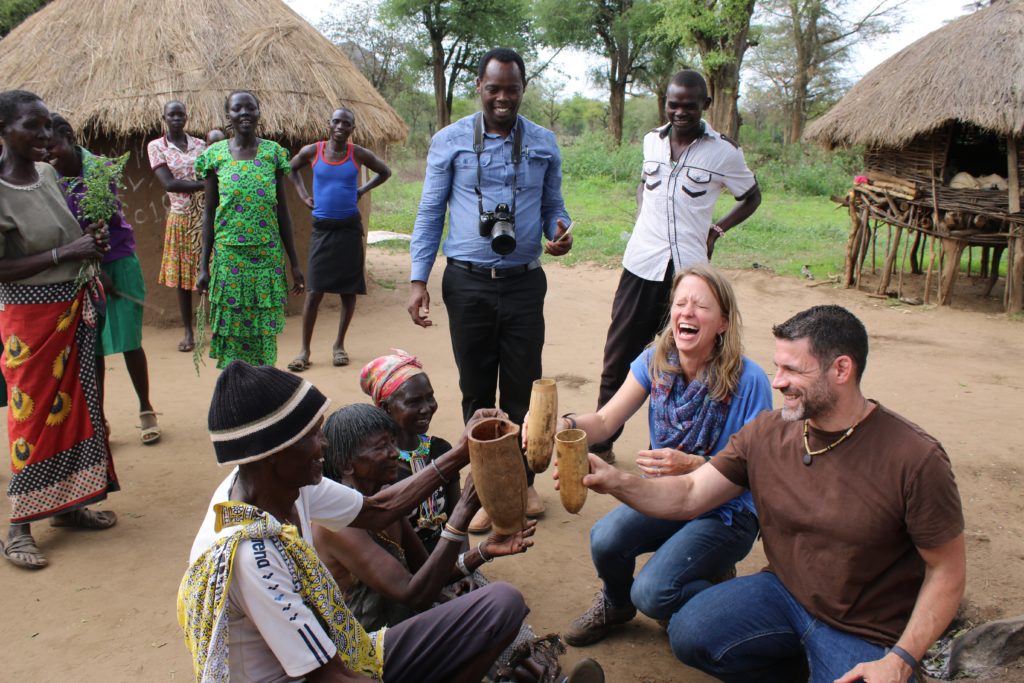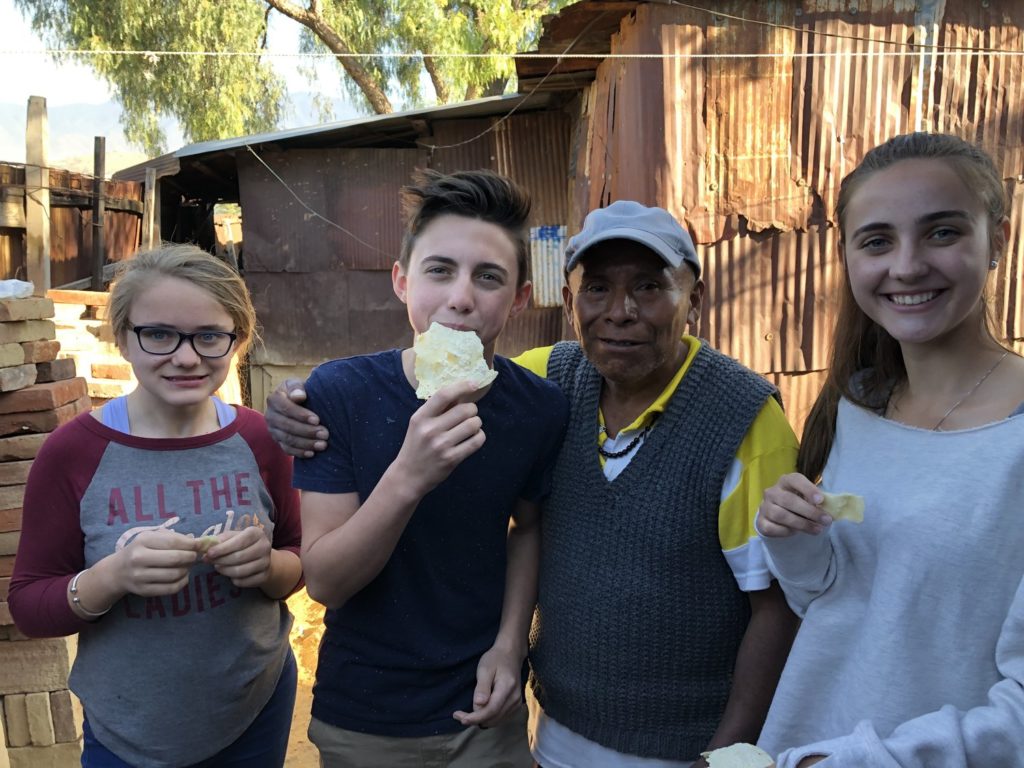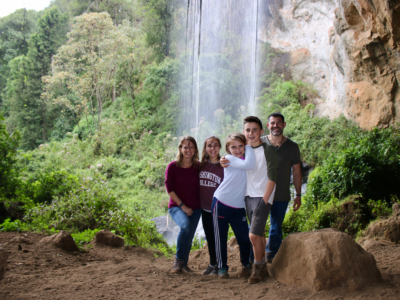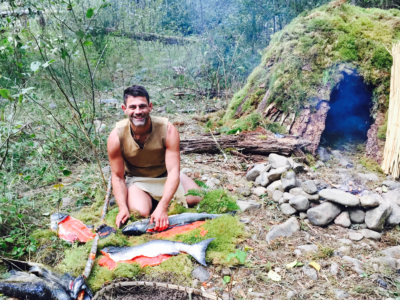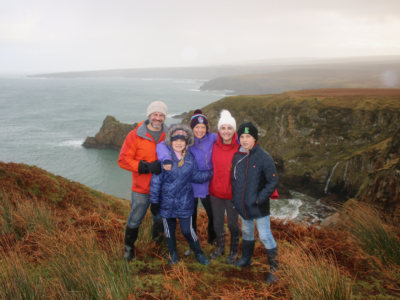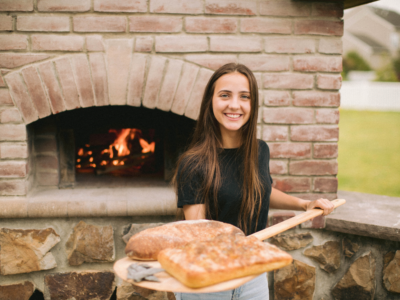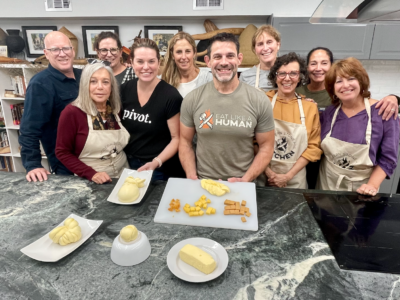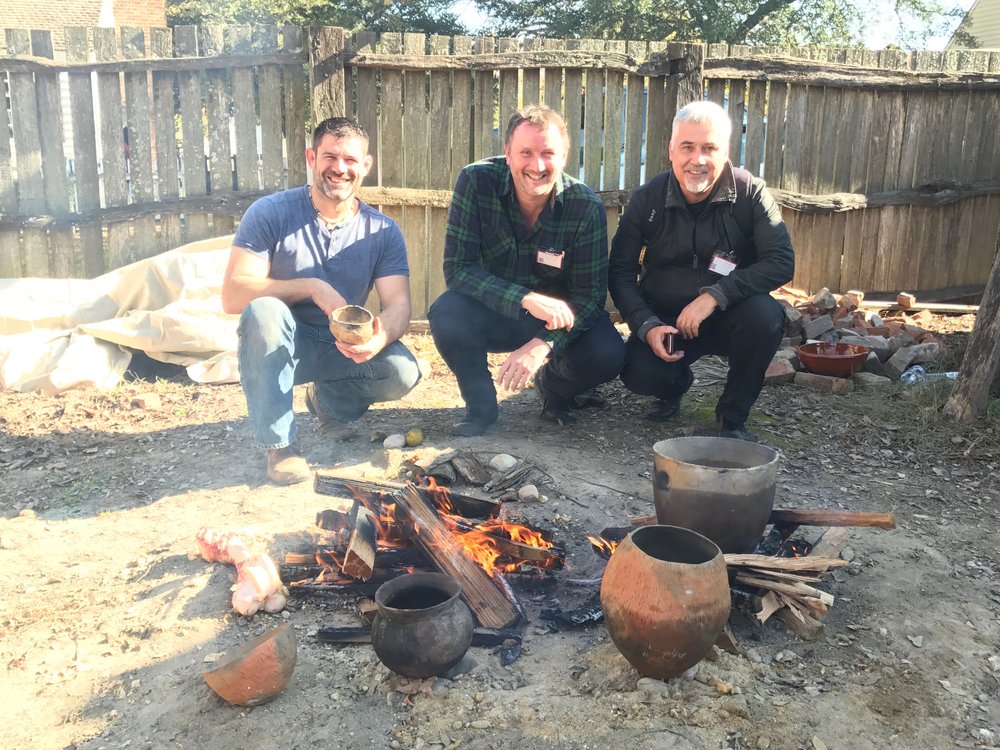It’s taken me over 20 years to realize I have been asking the wrong question all along. It’s not about WHAT you eat, but about HOW you eat.
I grew up as an awkward, overweight kid with a very unhealthy relationship with food. I got bullied. In fact, there was a year of my life where I got beat up almost every day on the playground. During that stage in my life, I didn’t see food as something that nourished me. Instead, I considered it something that made me ugly.
I struggled with my weight as a child Diet has always been a focus of mine. Check out my 8th grade quote!
Physically fit but still not healthy
Later, I became a wrestler at Ohio State University. Because of the intense physical demands of a division I program and the fact that I was literally starving myself, my body superficially transformed into an athlete, but I still wasn’t healthy. I swapped one unhealthy relationship with food to another. Food was now something to stay away from because eating it would prevent me from making weight.
I was overly obsessed with diet to the point that I did physical and psychological damage. Now I believe that any success I achieved in wrestling was not as a result of how I ate, but, rather despite how I approached feeding my young body. Everything I did – from planning out my weekly diet in high school to the counting the precise calorie and grams of fat; to extreme weight loss swings, dehydration, and calorie and water restriction during college wrestling season; to off-season weight gain – shaped everything about the way I view my relationship with food, my health, and my body even to this day.
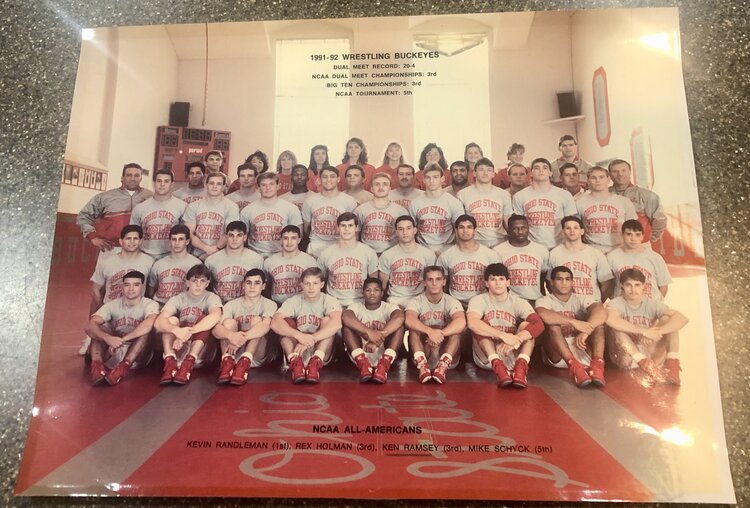
Coming full-circle with my weight struggles
After my wrestling career ended in 1998, the weight came back on, and I started suffering from metabolic syndrome and gastrointestinal disease. My confidence was shot, self-esteem low, and I was ashamed. In fact, the final act before I went to bed every night for the first few years of my marriage was to make sure I turned off the light to the bedroom before I took off my clothes so that Christina wouldn’t see my entire body naked. I found myself mentally back in the same place as that 10-year-old kid getting beat up on the playground. Thankfully, I had a loving wife and family by my side, but the internal struggle I felt dealing with my weight was suffocating.
It seems that my entire life I have been chasing down the answer to one question – “What should I eat?” It was the wrong question.
I hired nutritionists, dietitians, followed all sorts of different diets, and none of them seemed to help. Eventually, I ended up answering this question myself in a unique way. I became an archaeologist, more specifically a prehistoric and experimental archaeologist. I am currently the director of the Eastern Shore Food Lab and professor of archaeology at Washington College, where one of my specialties is in primitive technologies (stone tool production, primitive ceramics, etc.). I have always been passionate about primitive skills and experimental archaeology as I’ve been hunting, fishing, and trapping my entire life.
I can remember the moment when everything changed for me.
And, it didn’t involve a nutritionist, doctor, or weight loss guide. Christina and I had just started a family, and she came out to see me in the garage, where I was busy honing my stone tool-making skills – something that I was spending hours every day doing. As I was strategically shaping an argillite biface with an antler billet, Christina simply asked, “Can you come inside the house?” I thought she meant to come inside in a few minutes but then understood her question was much greater and more powerful. She was asking me to bring the passion I was pouring into trying to understand/experience the past to inside our house, so it could ultimately serve our family in a practical and meaningful way.
It seemed impossible. How could I make stone tools, primitive ceramics, and ancient fire-making methods relevant to our growing family? It wasn’t an easy task, and, in fact, it took me weeks to come up with a solution. But, it was a brilliant and incredibly worthwhile suggestion. After all, why pour your heart and soul into something if it doesn’t directly impact the people that you love most?
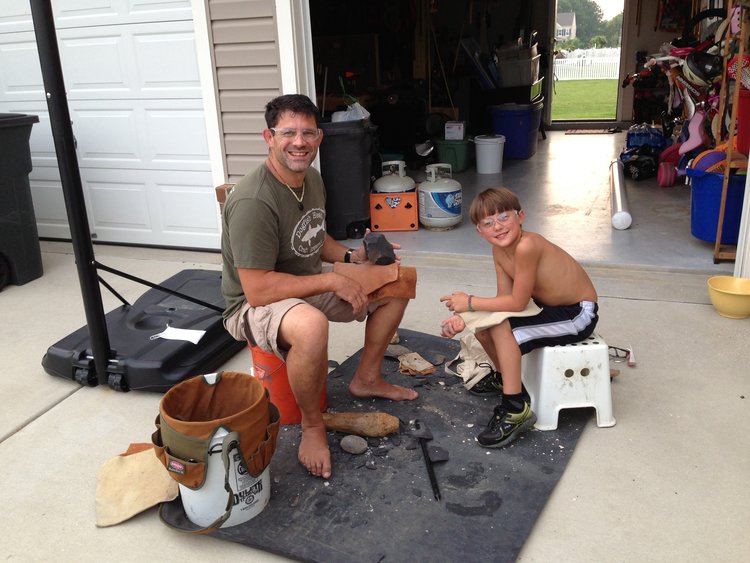
Here’s a picture of Billy and me flintknapping about 10 years ago
Now imagine Christina coming out to find me doing this in the driveway as she had 3 kids under 5 years-old inside. Yes, I definitely needed to figure out a way to infuse this passion into helping my family.
I just never thought it would end in the kitchen.
One day in the shower (which is where I do my best thinking), I had a lightbulb moment. What I realized in that instant has had a profound impact on every aspect of my life ever since. What I recognized is that almost every single prehistoric technology ever created over the past 3 ½ million years has something to do with food. Whether it be acquiring food, processing food, sharing food, redistributing food, or storing food, technology was inseparable from our diets. I realized that humans are one of the weakest species on the planet. We have an incredibly difficult time getting food and an even more difficult time safely and fully digesting food. What makes us different than any other animal on the planet is that we create technologies that allow us to make food safe, nutrient-dense, and bio-available for our bodies. This can be simple, like creating a sharp edge of a stone to butcher and rub two sticks together to create fire to cook food or, slightly more complex like fermentation or nixtamalization. Humans are not biologically designed to safely and effectively digest almost all of the foods that we consume. However, here is the kicker; we have built bodies and brains that require many of these foods that can only nourish us when we use technologies to make them as safe and nourishing as possible. The truth is that over the past several million years, we have outgrown our digestive tracts and domesticated ourselves. In fact, the food-related technologies our ancestors created literally built us as a species both biologically and culturally. The role of technology can not be separated from our food and needs to be a part of the decision-making process for how we feed ourselves and our families.
Armed with this new perspective, I knew I was on the right path to find the answers I had been searching for my entire life. But, even more importantly, I realized that answers I needed were to an even more important question – The question we should all be asking ourselves is not what we should be eating, but rather HOW? More specifically, how do we approach food and make use of ancestral and traditional technologies to make the food that we eat as safe and nourishing as it can possibly be for our bodies?
This realization charted the course for my research, informed me of how to nourish my family, and allowed me to become healthier than I have ever been!
Putting my theory into practice
About five years ago, I co-starred on the National Geographic television series called The Great Human Race, where my co-star and I traveled the world starting in Tanzania, re-creating what life was like for the past 2.5 million years. We are the only two people in the world – ever – to have actually lived all the major prehistoric diets of our evolutionary past. I came out of that experience more convinced than ever that the path I was on was the correct one. But now, I was craving even more information.
Taking my family on the journey
I’ve spent my entire career studying the diets of humans throughout history. I have learned that in pockets all over the world, there are people still connected to traditional ways of feeding their families and communities. That is why my family and I have conducted so much research over the past several years by living and working with traditional groups worldwide to learn how they eat. To make the lessons we learned from these amazing people as relevant, accessible, and meaningful as possible to our modern lives, I have also trained professionally as a chef to fuse these approaches with modern culinary techniques to create solutions that are not only nourishing but also so delicious and visually appealing that will appeal to even the pickiest of eaters.
Visiting an weaver ant farm in Thailand Eating Mite Cheese in Germany with Helmut Trying blood and milk in Kenya Drinking honey wine in West Pukot Making tortillas in the mountains of Oaxaca; post
The Eat Like a Human Approach
Today’s health problems facing the modern western world are not just a product of food choices and cannot be addressed simply through a change in diet. Our relationship with food does not exist in a vacuum. That is why diets don’t work – they are always out of context because they do not consider all of the other aspects of “life” that are so important to us. How we acquire, process, store, share and consume food is uniquely human and embedded in practically all aspects of our lives. Learning to eat like humans again is really about learning to live like humans again.
Our approach is simple, yet powerful.
We are living proof that the ability to nourish your family with real food is entirely possible and we cannot wait to share with you what we have learned. It’s time to eat like a human again. Let’s get started together!
